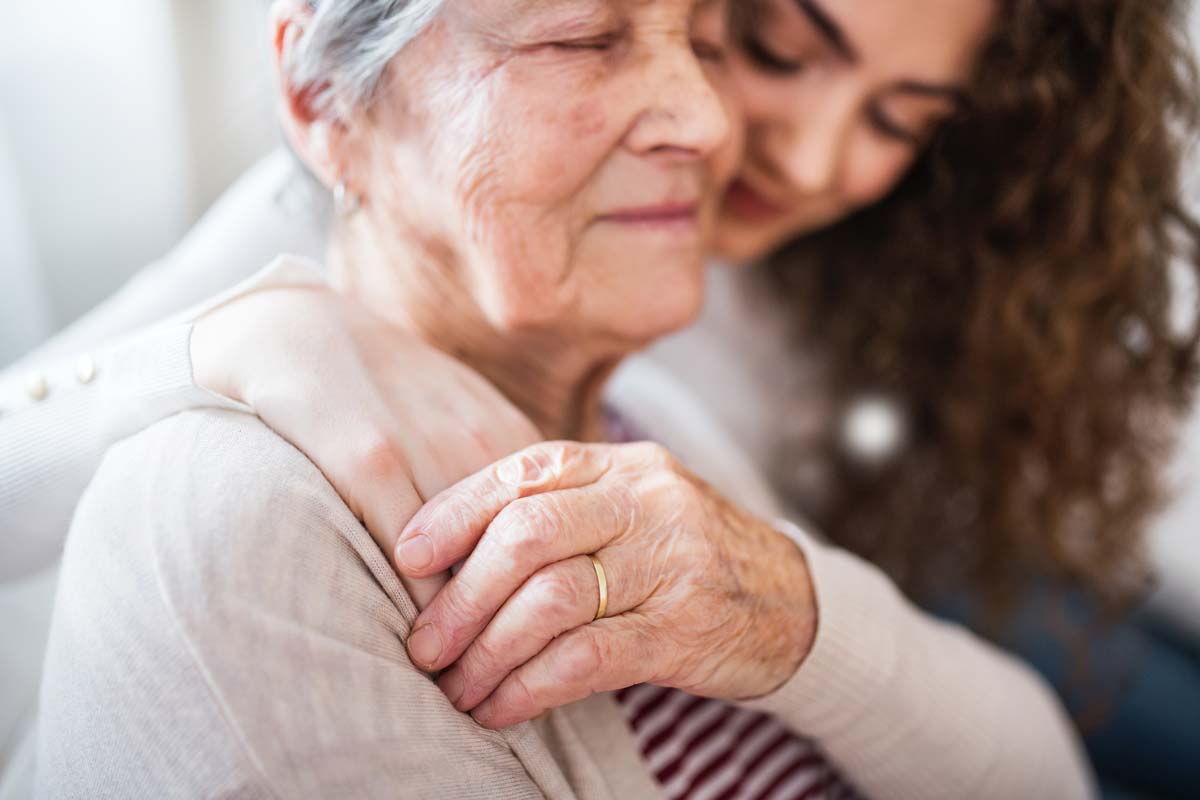World Elder Abuse Awareness Day, June 15, 2020, recognizes the risks of elder abuse and neglect of older people. It’s a day for family and caregivers around the world to learn how to take proactive steps to protect loved ones and for older people to learn how they can protect themselves.
What is elder abuse and neglect?
Elder abuse is physical, emotional, financial or sexual harm inflicted upon an older adult, or neglect of welfare by people who are responsible for their care. In the United States alone, approximately 1 in 10 people aged 60-plus have experienced some form of elder abuse. Sadly, victims of elder abuse are often too physically frail or have a diminished mental capacity, which makes them unable to recognize abuse and, therefore, incapable of fighting it.
Elder abuse is most commonly perpetrated by family members, including adult children, spouses and partners, but it can also occur by a hired caregiver who is working in the older person’s home or in an institutional setting, such as an assisted living facility.
What are the effects of elder abuse?
According to the National Institute of Health (NIH), older people who have been abused have a 300% higher risk of death when compared to those who have not been mistreated. The exact cost of elder financial abuse and fraud to Americans is unknown, but is estimated to be as much as $36.5 billion each year.
The many forms of elder abuse
Physical elder abuse involves the intentional use of force against an elderly person, resulting in injury, physical pain or impairment. This includes physical assault, hitting, shoving and the inappropriate use of restraints and drugs.
Emotional elder abuse involves treating an older adult in a way that causes emotional or psychological pain or distress, including intimidation by threats or yelling, humiliation, habitual blaming, ignoring, isolating the older person from friends or activities and terrorizing them.
Sexual elder abuse involves any sexual contact with an older person without their consent and/or showing them pornographic material against their will. It also includes forcing the person to undress when unwarranted.
Elder neglect involves the failure to fulfill a caretaking obligation, such as ensuring the elderly person’s nutritional needs are met; dressing them in an appropriate manner; not maintaining an acceptable level of hygiene and not meeting their medical needs. Elder neglect constitutes approximately half of all reports of elder abuse.
Financial exploitation involves the unauthorized use of an elder’s funds or property, including stealing cash, using an elder’s checks or credit cards, forging their signature and/or identity theft. In some cases,
Healthcare fraud and abuse involves Medicare/insurance fraud, overmedicating or under-medicating, double-billing for medical care or services, charging for healthcare services that were not rendered and recommending fraudulent remedies.
Warning signs of elder abuse
Signs of elder abuse can be difficult to recognize since they are often mistaken for symptoms of dementia or physical frailty. If you suspect abuse, look for the following warning signs:
- Unexplained injuries, such as bruises, scars, broken bones or dislocations
- A report of drug overdose or failure to take medication
- Signs of being restrained, such as rope marks on wrists
- Caregiver’s refusal to allow you to see the older person alone
- Threatening, belittling or controlling caregiver behavior
- Behavior that mimics dementia, such as rocking or mumbling to themselves
- Bruises around breasts or genitals
- Torn, stained or bloody underclothing
- Unusual weight loss or loss of appetite
- Untreated physical problems, such as bed sores
- Unsanitary living conditions
- Being left dirty or unbathed
- Unsuitable clothing or covering for the weather
- Unsafe living conditions
- Unexplained withdrawals from financial accounts
- Sudden changes in financial condition
- Suspicious changes in wills, power of attorney, titles and policies
- Addition of names to the senior’s signature card
- Duplicate billings for the same medical service
- Evidence of overmedication or under-medication
- Preventing elder abuse and neglect
Caregivers who are feeling overwhelmed may be in danger of abusing or neglecting the older person. It’s important to reach out for help and support as soon as the early signs of burnout appear.
- Take immediate steps to relieve stress. This can include mindfulness exercises, a break from work or just a nightly jog around the neighborhood.
- Request help from friends, relatives, local respite care agencies or an adult day care program.
- Put self-care first. An empty vessel cannot pour. Be sure to get adequate rest, eat well, tend to your own health-care needs and exercise regularly.
- Seek help for depression from a mental health professional.
If you are not the primary caregiver of a loved one, take the following steps to prevent abuse in the hands of the person who is directly responsible for the older person’s care:
- Call and visit as often as possible. This will enable you to frequently monitor physical condition and home environment.
- Offer to stay with the person so the caregiver can have a break. If possible, try to do this on a regular basis.
- Monitor medications to ensure the amounts being taken correspond with the prescription dates.
- Watch for financial abuse by asking the older person if you can check their financial accounts and credit card statements for unauthorized transactions.
Resources and support
If you suspect elder abuse and the victim is in need of immediate assistance, dial 911. You can also call 1-800-677-1116 for support, or find local resources at the National Center on Elder Abuse.
For more information on elder abuse and neglect, see these links:
Administration for Community Living (ACL): Protecting Rights and Preventing Abuse
USC Center on Elder Mistreatment



